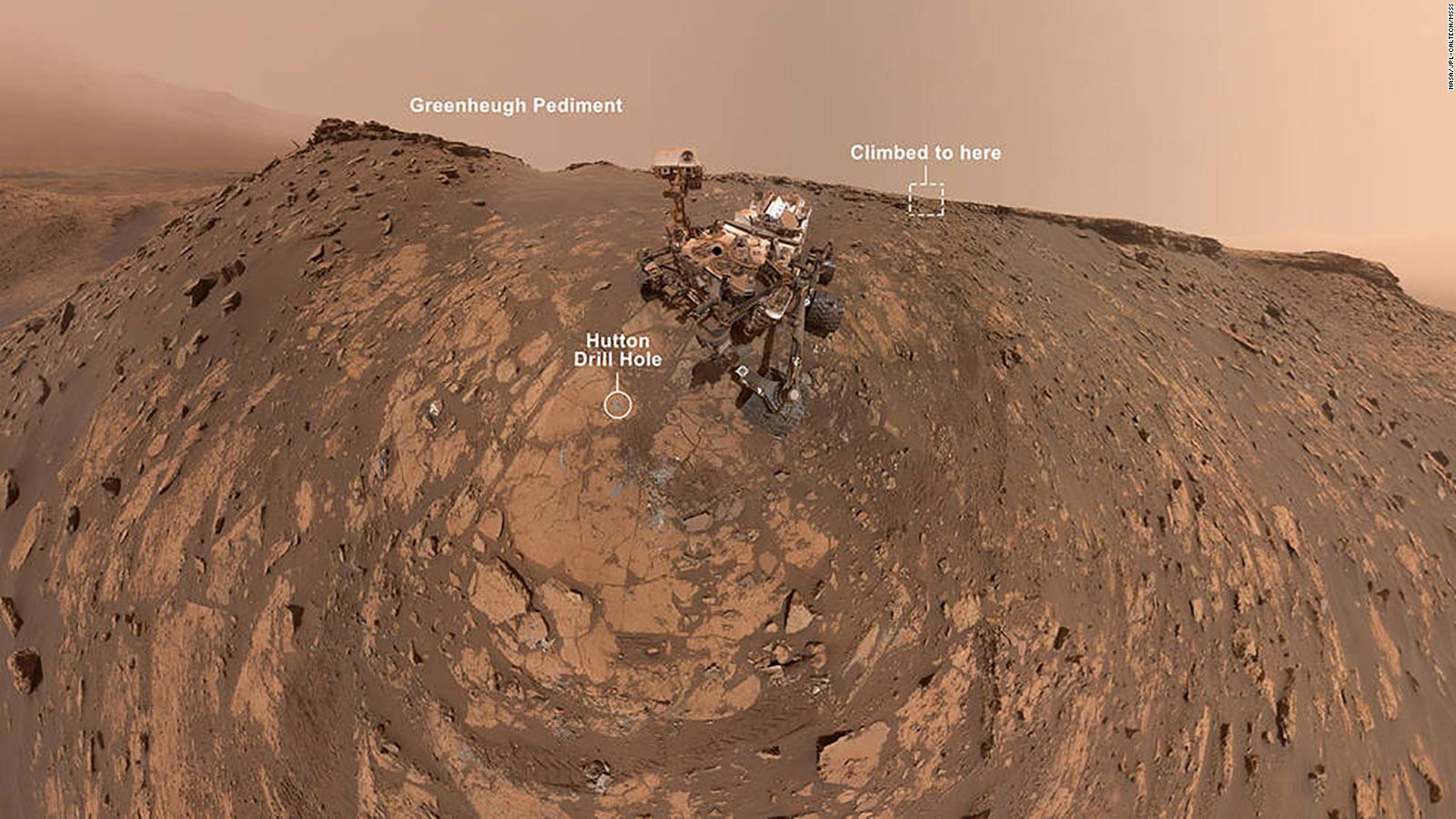NASA’s newest Mars rover mission is capturing attention worldwide, delivering stunning visuals and essential scientific information from the Red Planet. This groundbreaking mission, designed to explore Mars in unprecedented detail, is providing scientists with valuable insights into the planet’s geology, climate, and potential for past life. The continuous stream of high-resolution photos and instrumental readings is fueling excitement within the space exploration community and beyond.
The Mission Overview
Launched in mid-2024, NASA’s newest rover touched down on Mars several months ago, equipped with state-of-the-art scientific instruments and cameras designed to navigate the planet’s rugged terrain. The rover’s primary goal is to study Mars’ surface and subsurface environment to better understand its history, including whether the planet once harbored microbial life.
Since landing, the rover has been transmitting stunning images of the Martian landscape — from rocky plains and towering cliffs to intriguing sedimentary formations. These visuals not only captivate the public but also provide researchers with detailed context for analyzing Mars’ geological past.
Stunning Imagery Reveals Mars Like Never Before
One of the highlights of the mission is the incredible quality of the images sent back by the rover. Equipped with multi-spectral cameras, the rover captures images in different wavelengths, allowing scientists to study the mineral composition of Martian rocks and soil. These images reveal fine details such as ancient riverbeds, possible volcanic activity, and the effects of erosion caused by wind and dust storms.
The panoramic shots showcase vast plains dotted with intriguing formations, some resembling dried lake beds, while others suggest volcanic origins. Close-up images of rocks display layering that may indicate environmental changes over millions of years. These images contribute to constructing a detailed understanding of Mars’ geological history and the changes in its climate over time.
Vital Scientific Data and Discoveries
Beyond captivating images, the rover is equipped with a suite of scientific instruments that analyze samples and measure environmental conditions. Early data suggest that Mars had a wetter and warmer climate in its ancient past, raising hopes about the potential for past microbial life.
Instruments on board are conducting chemical analyses of soil and rock samples, detecting organic compounds, and measuring atmospheric components. These findings are crucial for understanding Mars’ habitability and preparing for future manned missions.
One of the rover’s key tools, a ground-penetrating radar, is mapping subsurface layers to detect ice deposits and underground structures. Discovering water ice is essential not only for understanding Mars’ history but also for supporting future human explorers.
Collaboration and Future Prospects
NASA is collaborating with international space agencies, universities, and research institutions to maximize the scientific return from the rover’s mission. Data collected is shared with scientists worldwide, enabling a multidisciplinary approach to unraveling Mars’ mysteries.
The rover’s discoveries will also inform the design of upcoming missions, including planned crewed explorations slated for the 2030s. Understanding Mars’ environment in detail will help engineers develop safer habitats, life support systems, and resource utilization techniques.
Public Engagement and Inspiration
NASA’s Mars rover mission has inspired and fascinated audiences worldwide. The stunning images and groundbreaking discoveries are regularly shared through public channels, educational programs, and social media, inspiring a new generation of scientists and space enthusiasts.
The mission serves as a testament to human curiosity and ingenuity, showcasing what can be achieved through international cooperation and cutting-edge technology.
Conclusion
NASA’s latest Mars rover is not only advancing our scientific understanding of the Red Planet but also igniting excitement about the possibilities of space exploration. With every image and data packet sent back to Earth, humanity moves closer to uncovering the secrets of Mars — and perhaps, one day, making it a new home for humans. As the rover continues its journey, the world watches with anticipation, eager for the next revelation from our neighboring planet.





